Conservation achievements by the Hungarian Natural History Museum
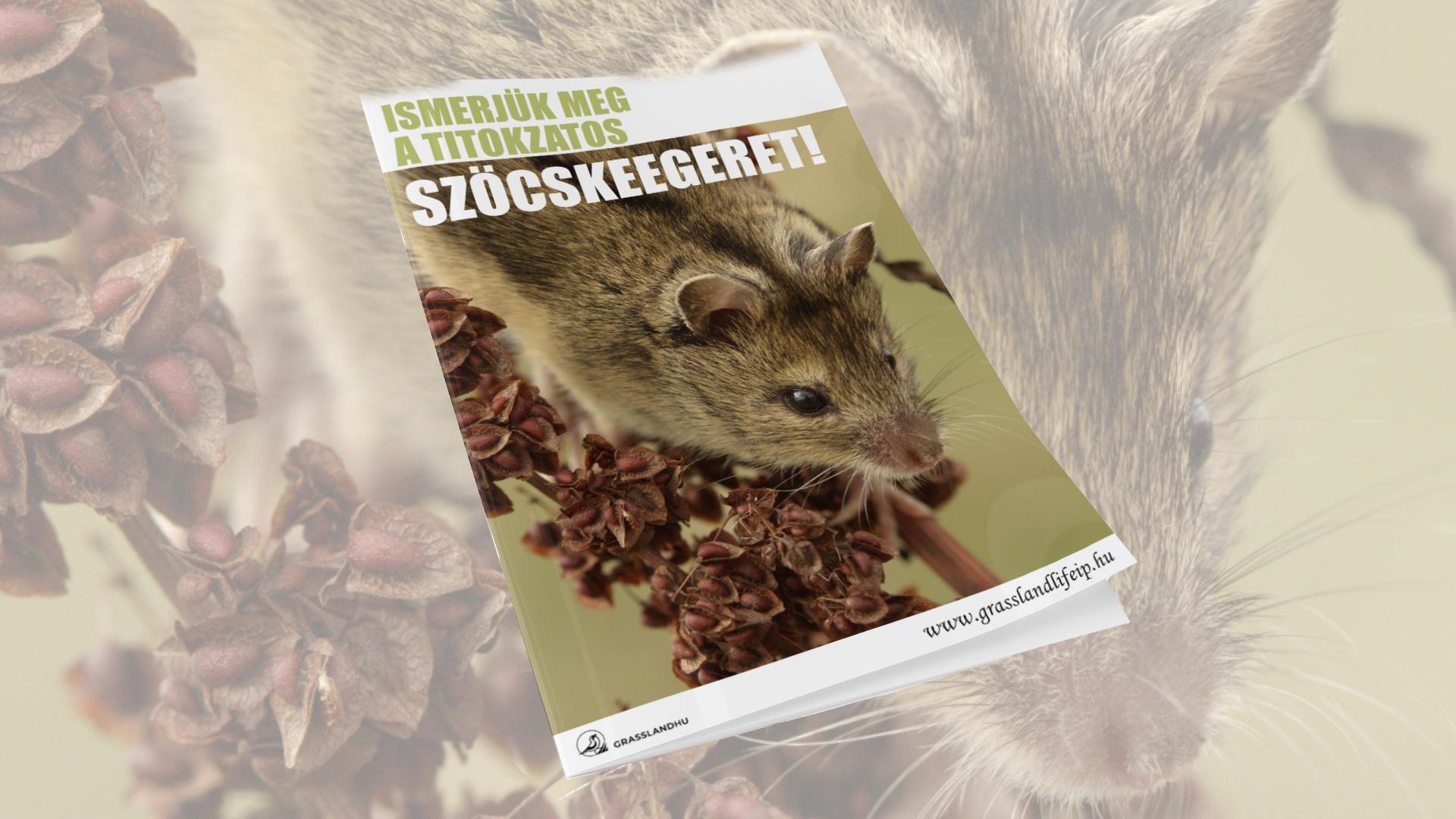
The Hungarian Natural History Museum’s commitment to the project was primary to prepare multiple-species conservation plans based on previous monitoring programs conducted by the Museum.
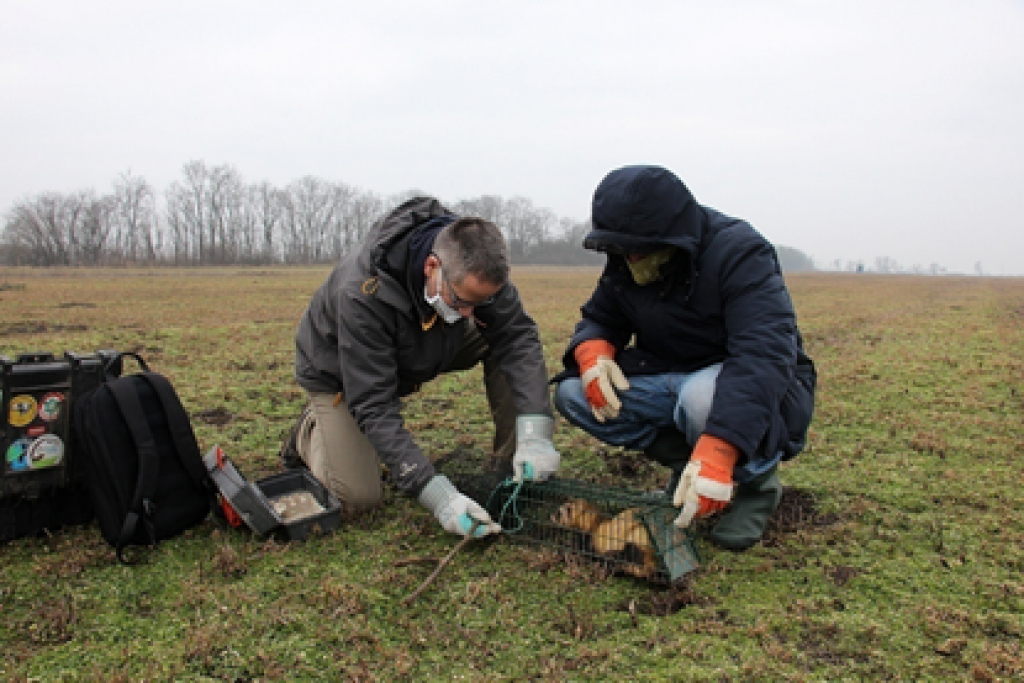

Figure shows the results of the country-wide European Hamster monitoring survey conducted in 2020
Wildlife monitoring is a large-scale program, focusing on several parameters. Today, it is a fundamental requirement to obtain genetic information on protected species and populations. With the help of genetic monitoring, among other things, population size, population isolation and genetic diversity of a given species can be identified. Such genetic monitoring has been performed in the case of the Wrinkled Darkling Beetle (Probaticus subrugosus), the European Hamster (Cricetus cricetus), the Steppe Polecat (Mustela eversmanii) and the Hungarian Birch Mouse (Sicista trizona).
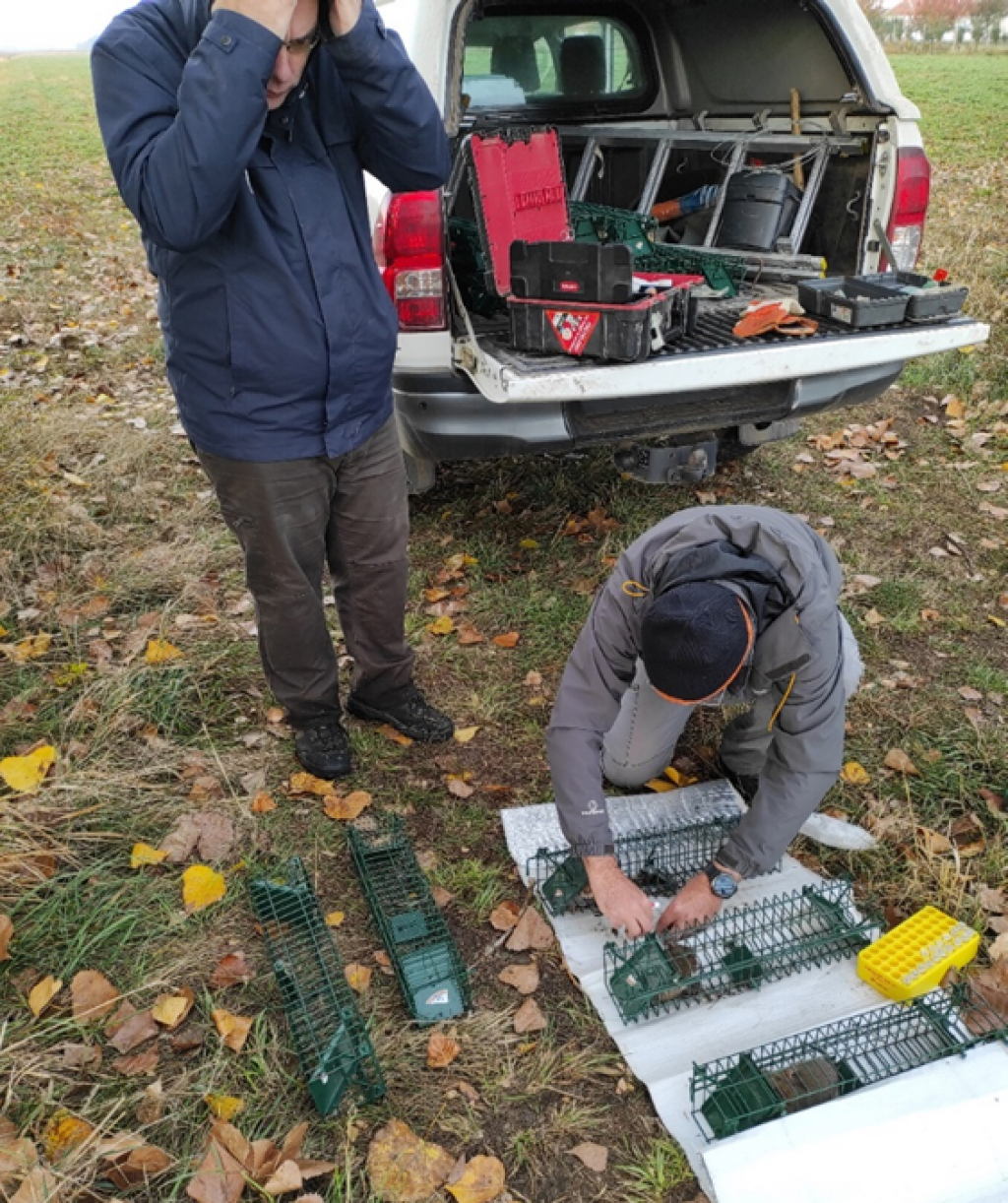
Seeking answers to such novel and important questions in nature conservation such as what viruses are carried by native wild hamsters reflects how modern the project is. Can a sudden population collapse be caused by infection disease? Can hybridization occur between mustelid species? To what extend can various rodenticides accumulate in the body of a Steppe Polecat? In order to get answers for questions requiring a high level of scientific expertise, we work together with professional partners such as the Momentum Phylogenomics Research Group of Debrecen University under the Hungarian Academy of Sciences (MTA-DE Lendület Filogenomikai Kutatócsoport ) and the Metagenomics Institute of Debrecen University (Debreceni Egyetem Metagenomikai Intézet), furthermore on the subject of sampling tests to detect viruses, we collaborate with the Department of Medical Microbiology and Immunology of Pécs University (Pécsi Tudományegyetem Orvosi Mikrobiológiai és Immunitástani Intézete). And we have a professional relationship with the Lévai Ltd. (Lévai Kft.) that specializes in controlling hamster populations without using chemicals. Having given the Laboratory for Mammals, Game and Poultry Diseases of the Veterinary Diagnostic Directorate under the National Food Chain Safety Office (Nemzeti Élelmiszerlánc-biztonsági Hivatal Állategészségügyi Diagnosztikai Igazgatóság Emlős-, Vad- és Baromfibetegségek Laboratóriuma) a mandate to examine polecat liver samples removed from individuals killed in road accidents to diagnose liver diseases caused by rodenticide poisoning. After examining 25 liver samples, the result was devastating, because at least one type of rodenticide residue was detected in half of the samples, and 2 or 3 different types of toxins were found in several samples. We submitted a further 32 samples to the laboratory for analysis in February 2022.
Another pivotal area where we have achieved success with our co-operation partners, is the research of the reproductive biology and housing conditions of the Hungarian Birch Mouse. We started to conduct the research with the Budapest Zoo and Botanical Garden and the Bükk National Park Directorate in 2021. The project has already achieved great results in its initial phase, because one of the female mice gave birth to five healthy offspring, and then successfully raised them, which has never happened previously in captivity. Together with Budapest Zoo staff, we prepared the winter tracking protocol of the Hungarian Birch Mouse, and started to track its winter population trends in November 2021.
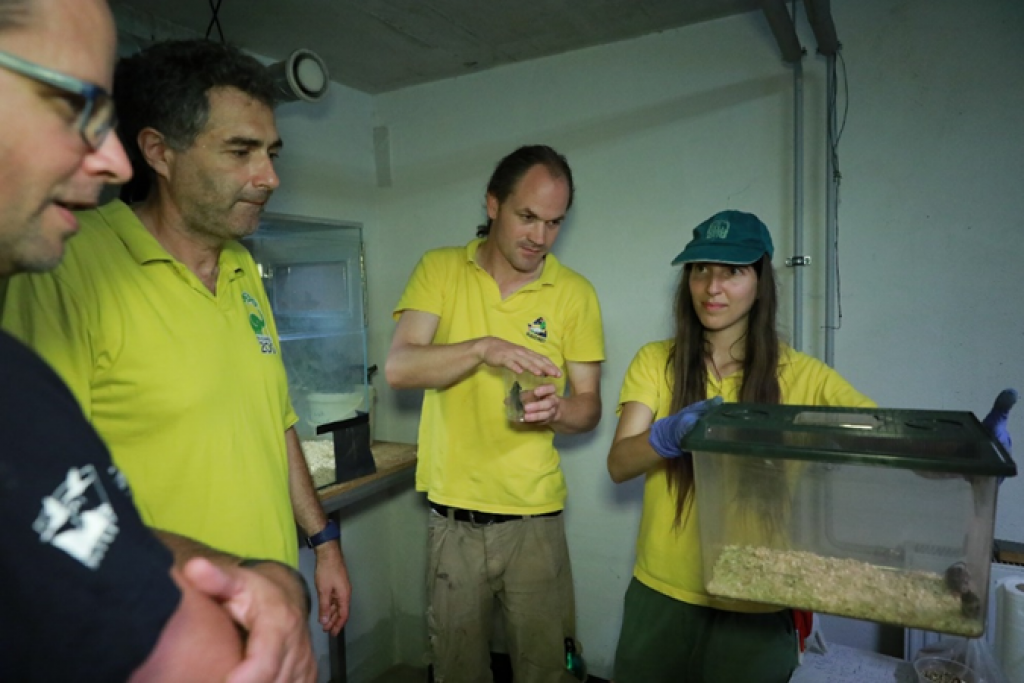
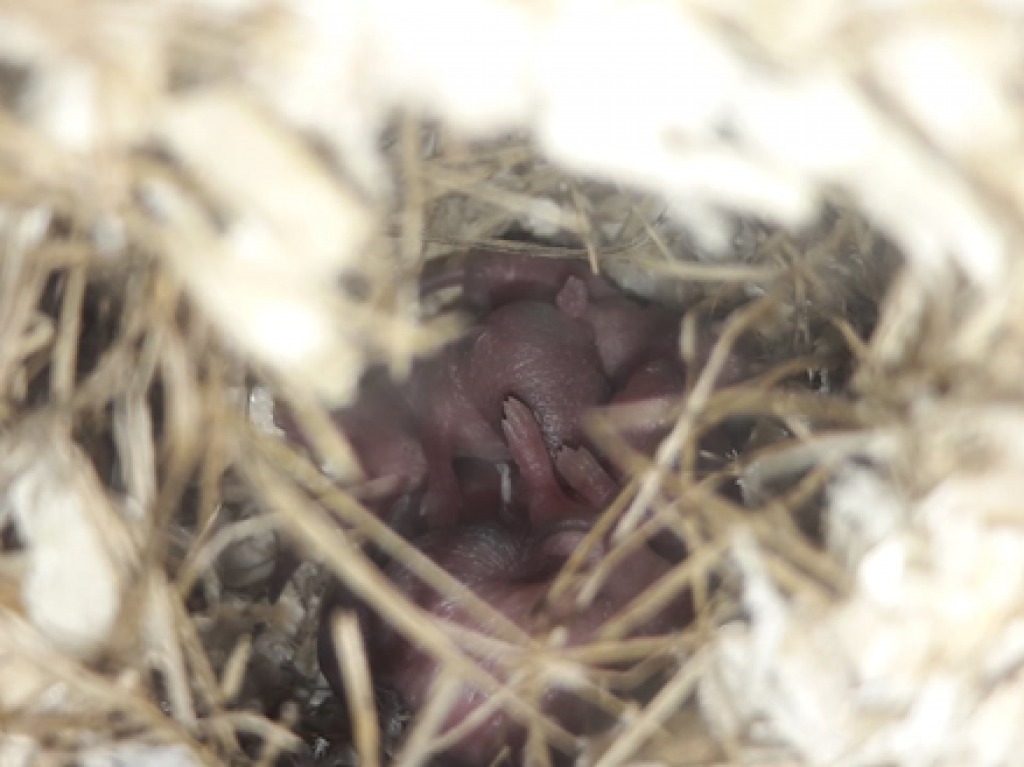
In connection with the Hungarian Birch Mouse topic, Budapest Zoo invited us to participate in Wildlife Day, where we ran our own stall and talked about our work in nature conservation to several groups of children. We also created a poster for the event in order to remind visitors of the general importance of saving the Hungarian Birch Mouse.
We started to publish a booklet series with the following title: Discover the secret life of the Hungarian Birch Mice/ Steppe Polecats, and so on, with the aim of achieving a greater knowledge and understanding of the least known mammals that live in Hungarian grasslands.
In November 2021, we held the National Mammalogical Congress, where we presented our achievements completed under the project.
The way forward?
In the next project phase, after a lot of conservation fieldwork, we will focus on consultations with the authors of the species conservation plans and write the studies. We intend to continue the conservation breeding programme of the Hungarian Birch Mouse until the end of the project, and we are currently preparing guidelines for the reintroduction of Hungarian Birch Mice born in captivity.
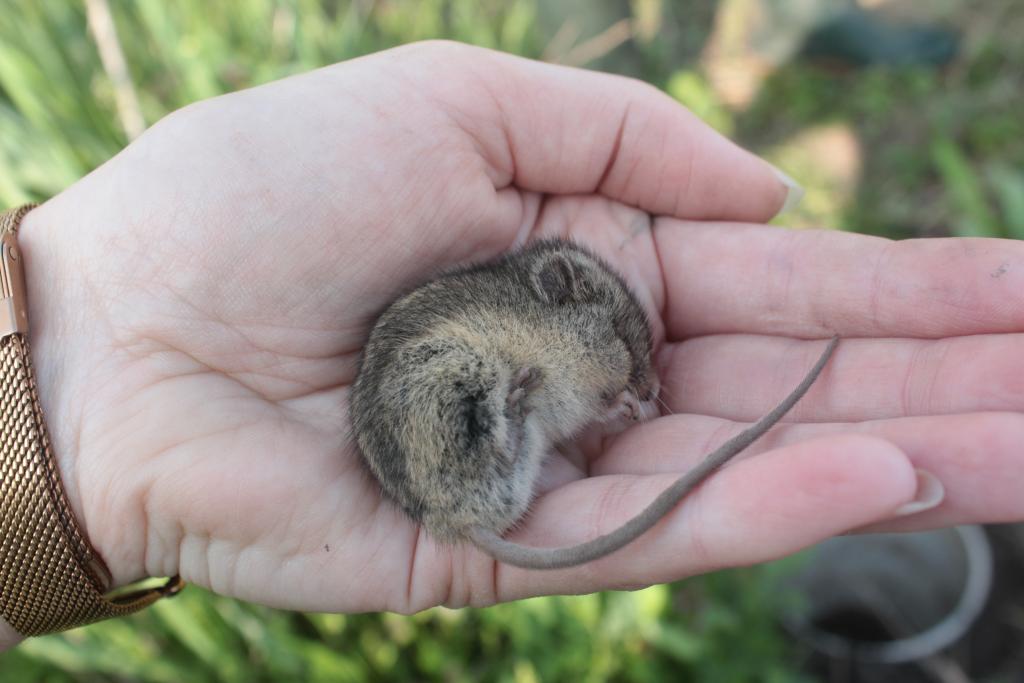
We truly appreciate the support of the co-operation partners!
Article compiled by Tamás Cserkész.